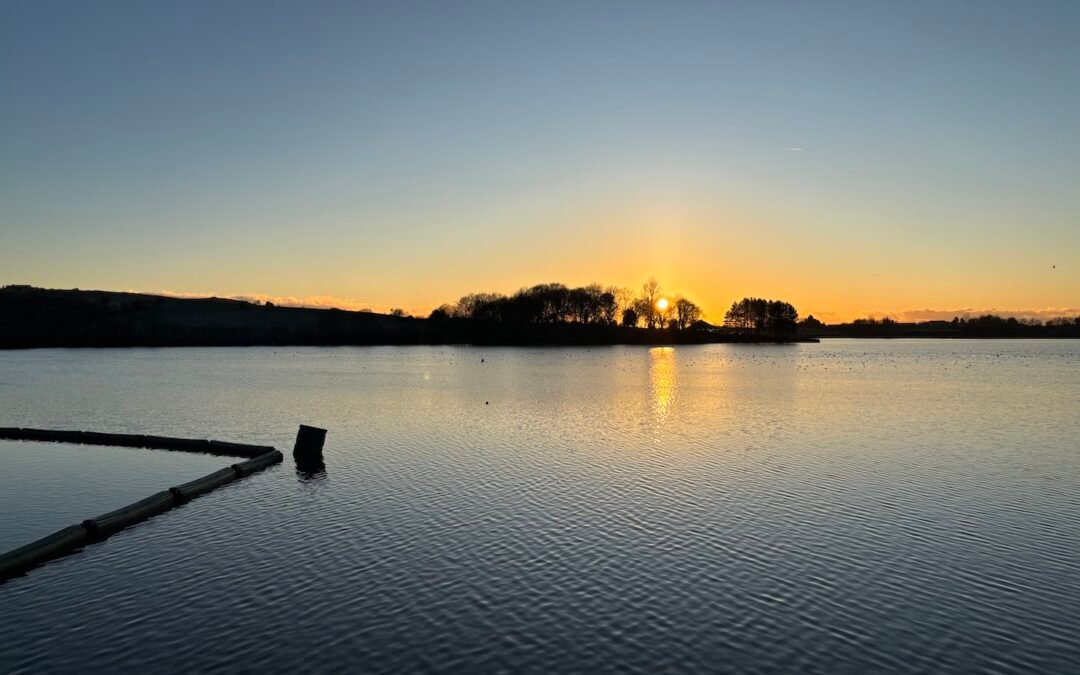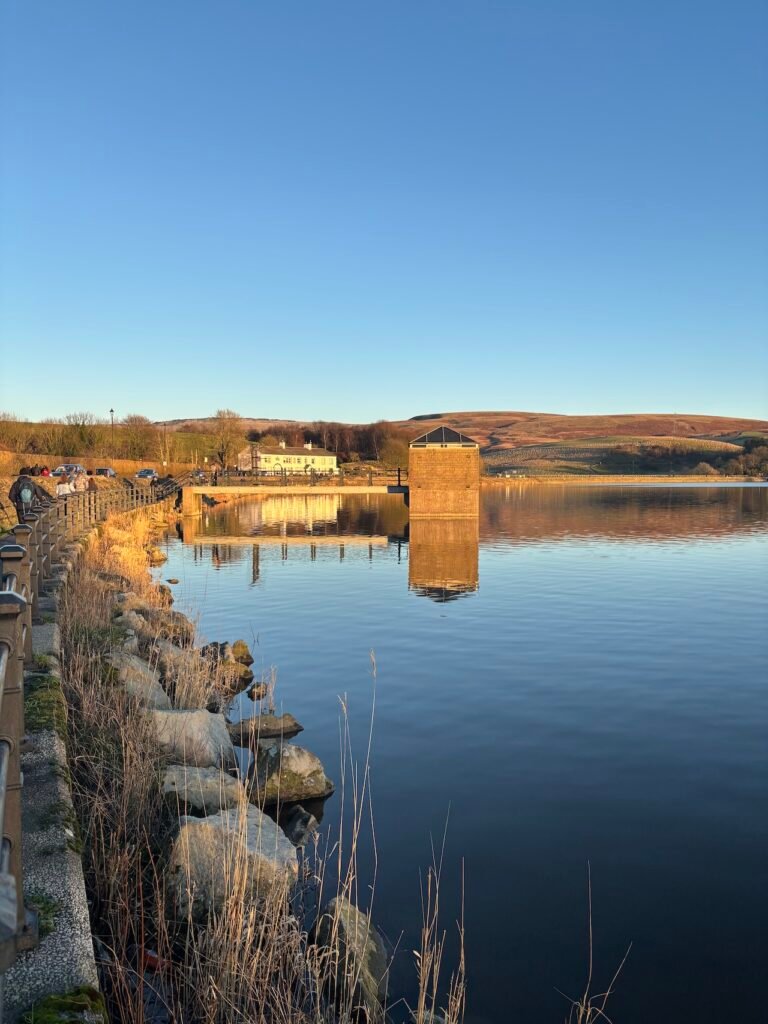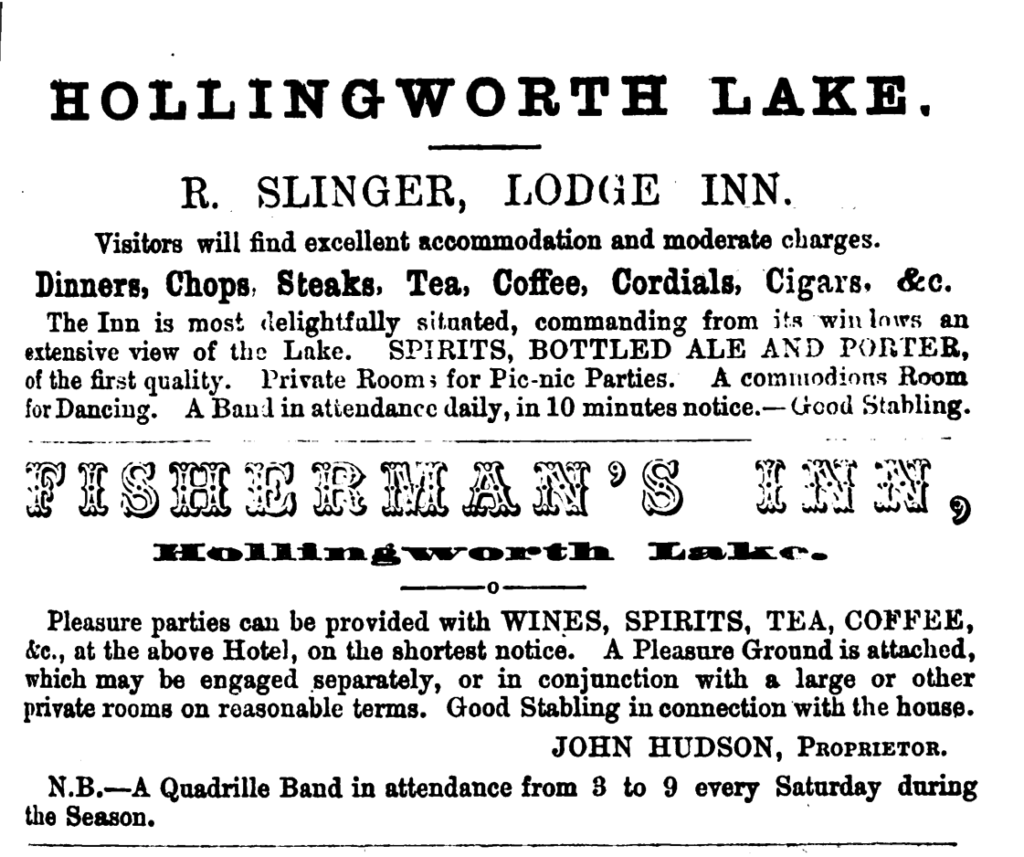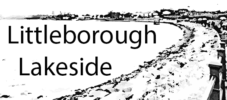
Hollingworth Lake interesting facts
Interesting facts about Hollingworth Lake

Hollingworth Lake is a very popular destination for visitors to Rochdale. Today it attracts those who enjoy the outdoors. It offers opportunities for walkers (with or without dogs), sailing enthusiasts, horse riders, and ornithologists.
Whether alone or as part of a group, Hollingworth Lake offers a wonderful day-out experience. As such, it has proved popular for visitors of all ages since the 1860’s.
Did you know though that it was not always known as Hollingworth Lake? Originally, it was called Hollingworth Lodge. This reflects that it was constructed as a means to store water for the Rochdale Canal and its many locks.
The term ‘lodge’ is hardly used today in this context, as it was commonly used to describe a small, man-made reservoir of water used mainly in the textile industry. Many mills would have a lodge close by to store water that was needed in the manufacturing process.
Other interesting facts about Hollingworth Lake
Fact 1:
The location meant that Hollingworth Lake presented several engineering problems for the engineers. Most reservoirs were constructed in valleys and involved creating a dam at one end to create the reservoir.
As a result, 3 embankments had to be created to keep the water in. Hollingworth Bank blocked the Ealees Valley, leading to Littleborough. Fens Bank ran along the north side. Shaw Moss Bank formed the lake’s southern edge.

The Fens Bank, Hollingworth Lake
Fact 2:
It is just one of several reservoirs created in the area to service the Rochdale Canal.
- Blackstone Edge Reservoir, 24 ha
- Warland Reservoir, surface area of 27 ha.
- While Holme Reservoir, 49 ha.
- Hollingworth Lake, surface area of 53 ha.
Note: There are two other smaller reservoirs, the Light Hazzles Reservoir and the Higher Chelburn Reservoir, in the area. These are now being restructured due to their age and to minimise the risk of failure.
Fact 3:
There were several hotels built around the lake to cater for the upsurge in tourism during the Victorian era. Many of these hotels no longer exist, or their buildings have been repurposed.

Hotels that existed in the Victorian era:
- Beach Hotel (still exists)
- Lancashire and Yorkshire Hotel (demolished)
- Lake Hotel (no longer exists)
- Lodge Inn (closed in 1917, now houses)
- Mermaid Hotel (closed in 1911)
- Queens Hotel, later known as Marlands Queens Hotel (now a farm again)
- The Fisherman’s Inn (now the Wine Press).
If you enjoyed this post, be sure to revisit, as there will be more posts develing into the history of Hollingworth Lake and the surrounding area.
